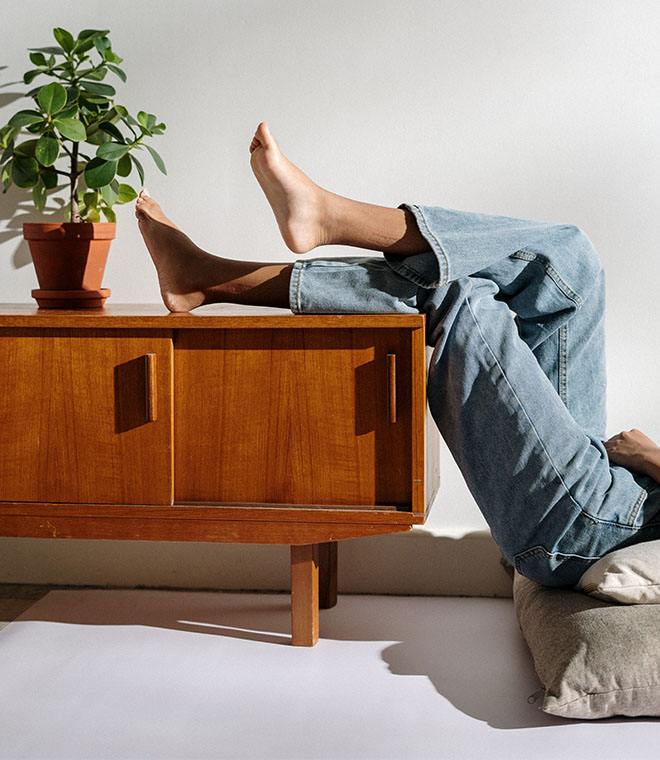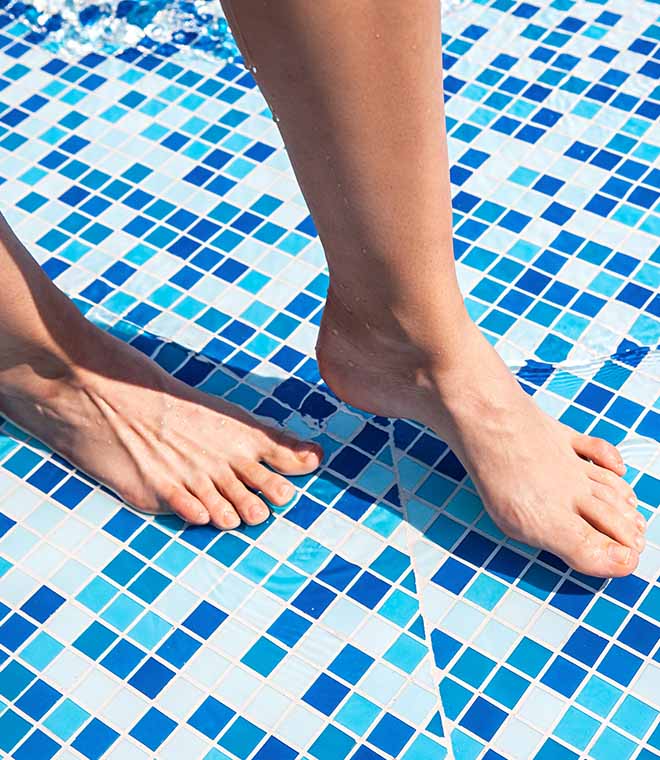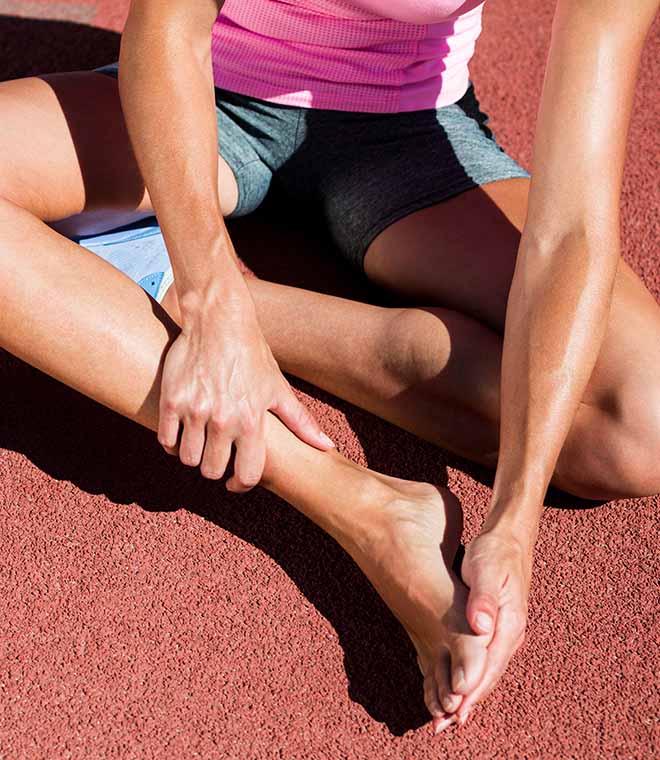Health
Is athlete’s foot contagious?
By Anna H. Chacon, MD, FAAD Sep 27, 2022 • 5 min
Athlete’s foot is contagious. It’s a fungal infection that occurs on the soles of the feet, between the toes and on the toenails. Also known as tinea pedis and foot ringworm, athlete’s foot causes a variety of symptoms, including a foot rash, itching, pain, peeling and blistering. It’s important to know how athlete’s foot spreads in order to reduce the chances of getting an infection or passing it to someone else.
How do you get athlete’s foot?
The cause of athlete's foot is a fungus known as a dermatophyte, which requires keratin in order to grow. Keratin is a protein found in your skin. The fungus is most often picked up through direct physical contact with another person or animal that has the fungus — or fungus spores — on their body. It can also spread to your feet through soil that may contain the fungus, and you can get it by touching an object that has come in contact with the fungus, such as washcloths, shoes, floors, showers and bedding.
Can athlete’s foot spread?
Yes, athlete’s foot can spread. A fungus that multiplies by way of spores, dermatophytes can be anywhere, but they’re most often found on and spread by the feet of people who have an athlete’s foot infection. When a person with athlete’s foot walks barefoot, they leave spores behind on the floor or ground, which can then be picked up by another person walking barefoot in the same place. Anything the infected person’s feet touch, such as shoes, socks, sheets, clothes and furniture, will likely have fungal spores.
How to prevent athlete’s foot and keep it from spreading
The fungus that causes athlete's foot can be present on your skin and cause no problems at all until it has the chance to incubate in a warm, moist area.
The best way to avoid getting athlete's foot is to keep your feet dry and clean, change your socks at least once a day, and let your shoes air out for 24 hours before you wear them again. This prevents your shoes from becoming a comfortable environment for the fungus to take hold and multiply. Bring water shoes or flip-flops to wear at the pool or in the changing room.
If you already have athlete’s foot, do what you can to prevent spreading the fungus to others. Wear sandals to give your feet some air, keep them dry and protect them when you step into communal areas in public or at home. If you sleep in the same bed as someone else, wear lightweight socks to sleep in. After you use a washcloth or towel, put it in the laundry so noone else uses it.
Athlete’s foot can usually be successfully treated with over-the-counter antifungal ointments and creams. If you have athlete’s foot and your condition doesn’t improve or gets worse following treatment as directed with an over-the-counter product, see your healthcare provider.
Published May 2022.



